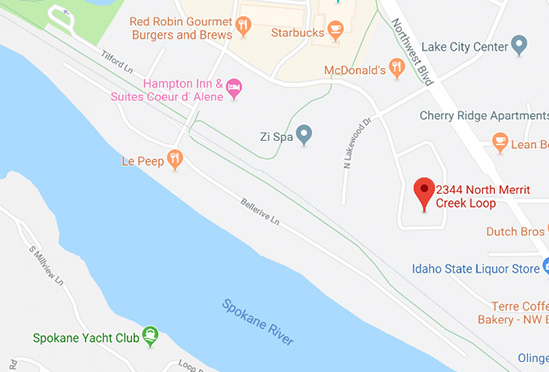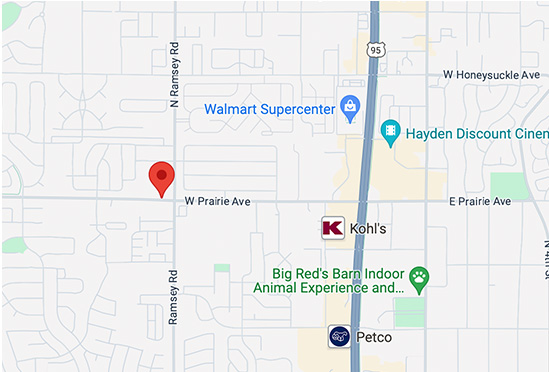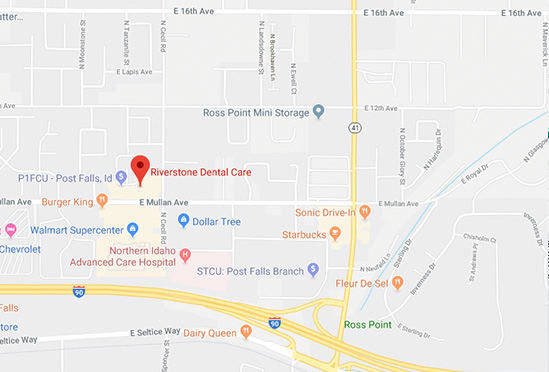
When it comes to straightening your teeth and achieving a confident smile, Invisalign® and traditional braces are the most popular options. While both methods achieve the same goal, there are some considerations. In this blog, we’ll explore five differences between Invisalign and braces to help you decide which one is right for you.
1. Visibility
Invisalign aligners are nearly invisible. They’re made of clear, BPA-free plastic, making them a discreet option for those who prefer a less noticeable orthodontic treatment.
2. Comfort
Due to their material, Invisalign aligners are much smoother and comfortable. There are no wires or brackets to cause irritation, and they are less likely to cause mouth sores or discomfort.
3. Maintenance
Invisalign aligners are removable, which means you can take them out for eating, brushing, and flossing. This makes it easier to maintain good oral hygiene and continue enjoying your favorite foods without restrictions. However, as they are most effective with consistent wear, be sure to quickly put them back in.
4. Treatment Duration
Invisalign treatment typically takes about 12 to 18 months, but the duration can vary depending on the complexity of your case and how consistently you wear the aligners (the goal is 22 hours a day).
5. Cost
Unfortunately, Invisalign treatment is generally more expensive than traditional braces. Still, the cost can vary widely depending on the specific case. Traditional braces tend to be more budget-friendly. For either, there’s often the choice of flexible payment plans to make orthodontic treatment more affordable.
Schedule a Consultation at Riverstone Dental Care
The choice between Invisalign vs. braces can be a difficult one. At Riverstone Dental Care, we offer both cosmetic treatments and encourage you to schedule a consultation with our team to learn which treatment may align better with your needs.
Image from Authority Dental under CC 2.0



